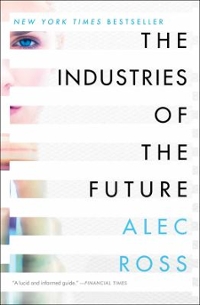Question
1.Governments offer both cash assistance and in-kind benefits, which are payments that must be spent on a particular good.Consider a budget constraint that trades off
1.Governments offer both cash assistance and in-kind benefits, which are payments that must be spent on a particular good.Consider a budget constraint that trades off food spending against spending on all other goods.Every household has $200 of income.
a.When the government gives $20 of cash assistance, what is the maximum amount of food a household can now buy?What is the maximum amount of all other goods a household can buy?Draw the change in the budget constraint under the cash assistance.
b.When the government gives $20 of food aid, an in-kind benefit that can only be spent on food, what is the maximum amount of food a household can now buy?What is the maximum amount of all other goods a household can buy?Draw the change in the budget constraint.
c.Using indifference curve analysis, explain whether these programs are the same from household's perspectives, or if one is better than the other.(hint: how would you use indifference curves to represent someone who really likes food vs someone who really likes other goods, versus someone who prefers to spend an equal amount on both types of goods?)
Step by Step Solution
There are 3 Steps involved in it
Step: 1

Get Instant Access to Expert-Tailored Solutions
See step-by-step solutions with expert insights and AI powered tools for academic success
Step: 2

Step: 3

Ace Your Homework with AI
Get the answers you need in no time with our AI-driven, step-by-step assistance
Get Started


